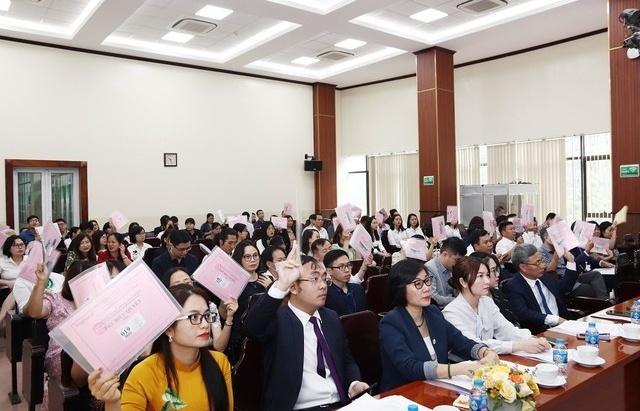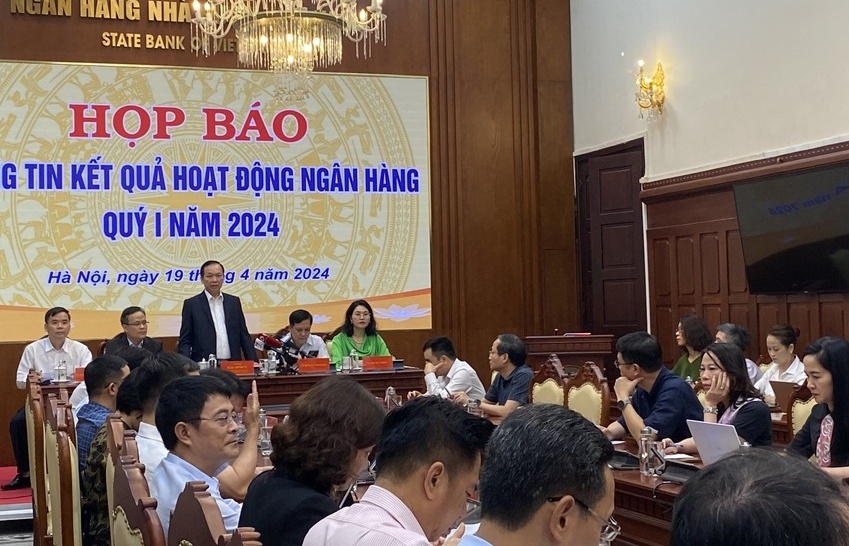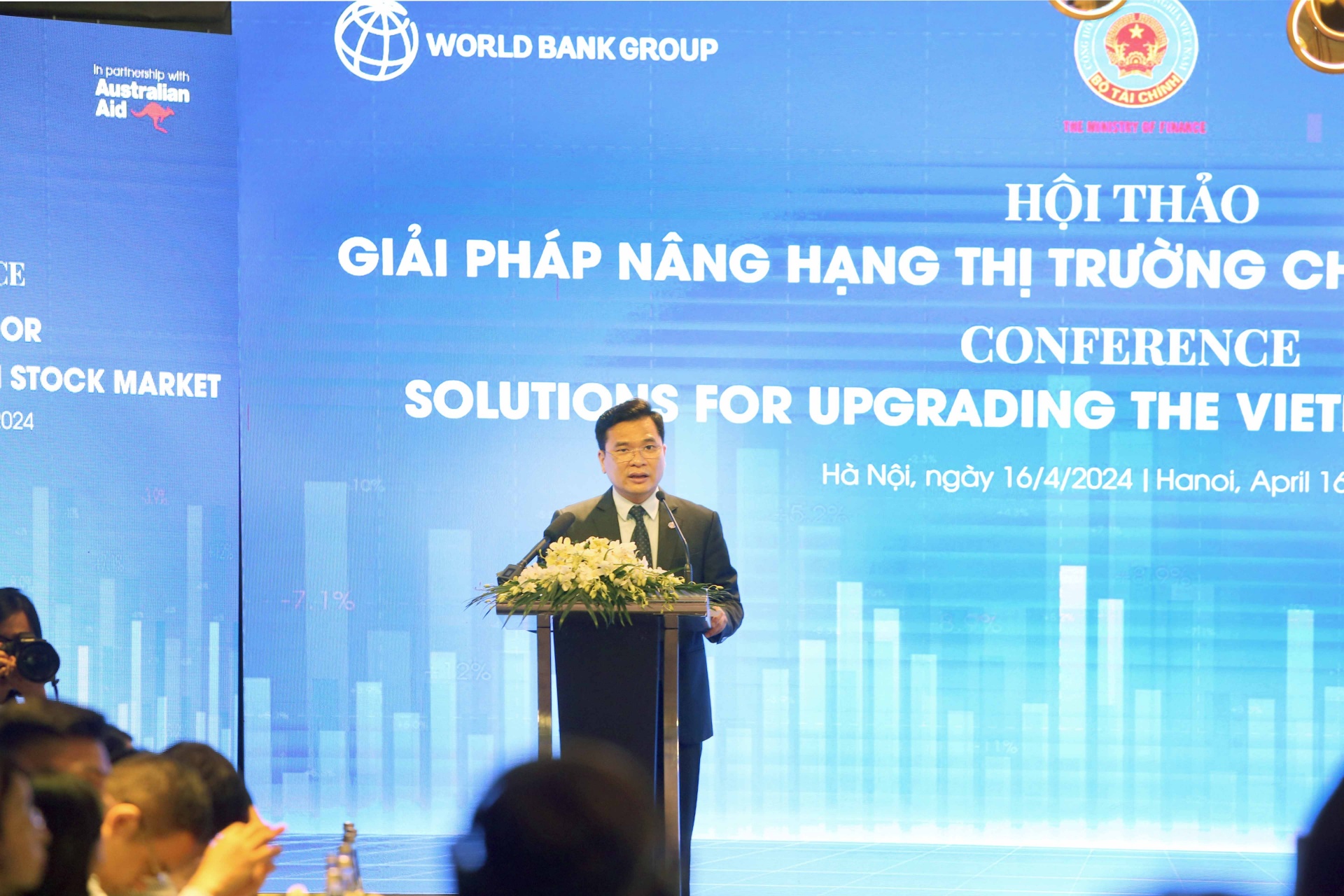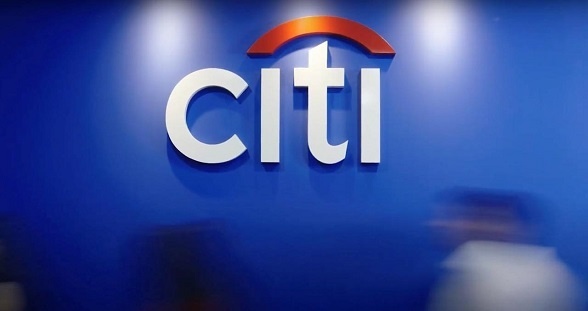Transfer pricing a serious issue
 As companies restructure their business and rationalise their supply chain for efficiency, transfer pricing is an issue.
As companies restructure their business and rationalise their supply chain for efficiency, transfer pricing is an issue.
According to the six-month review report, the General Department of Taxation is said to have reduced the amount of reported tax losses by VND2 trillion ($100 million). This is the result of the tax authority’s audit of 107 foreign-invested companies in respect of the 2008 to 2010 tax years. Building on this, in 2011, the General Department of Taxation plans to instruct provincial tax offices to audit 870 foreign-invested companies which report consecutive tax losses for the 2008 to 2010 years, and to audit 100 per cent of tax refund applications by those loss-making companies and companies which achieve less than two per cent of profit over revenue.
At the time of this article, a number of tax audits involving transfer pricing matters are being carried out. This does not come as a surprise.
Since the introduction of the new transfer pricing regulations in April 2010 in Circular 66, a chain of activities have been initiated from the tax authorities which requested for retrospective disclosure of related parties transactions, transfer pricing documentation, and explanations of the companies’ transfer pricing disclosures.
Since mid-2010, there has been growing criticism from the Vietnamese regulatory bodies of multinational companies’ alleged overly aggressive transfer pricing practices. The authorities attribute this as one of the key reasons for the persistent tax losses, hence losses in tax revenue, reported by a significant of the foreign-invested companies.
The National Assembly in late 2010 also queried about the situation and solutions to tax revenue collection in the face of the abusive transfer pricing practices.
Amendments to the Tax Administrative Law are under consideration to provide further clarity in transfer pricing adjustments and related penalties. It is said that the legislative amendments may be codified as early as in May, 2012.
Provincial tax offices did not wait to protect their tax revenue. Since mid-2010, a number of major provincial tax offices have undertaken their own initiatives in enforcing the transfer pricing regulations, ranging from mere requests for disclosures and compliance to developing transfer pricing questionnaires to be used in local tax audits. According to an official of the Ho Chi Minh Tax Department, in 2010 approximately 15 enterprises (out of 197 loss-making companies) were identified for further investigation into their transfer pricing practices.
As a signal of its increasing focus on transfer pricing implementation, in mid-2011, the General Department of Taxation conducted a transfer pricing survey, aimed at obtaining information on the transfer pricing practices adopted by enterprises. The survey contained requests for information on the companies’ related party transactions, transfer pricing methods, financial results, and the companies’ views on the implementation of safe habour rules and high-level outline of advance pricing agreement procedures. The survey is said to be used in the course of future amendments to the tax and transfer pricing law and regulations in Vietnam.
Discussions on the issue are extended to the broader local community.
Enforcement procedures and preventive measures have been raised, with the objective of ensuring that taxpayers pay a fair share of income tax to the state. Ideas have been raised as to punitive penalties such as requirements of additional equity injections to those companies which have incurred excessive losses against paid up equity capital, and even withdrawal of business licenses as the last resort.
Overview of significant regulatory developments
On April 22, 2010, the Ministry of Finance issued Circular 66/2010/TT-BTC, providing taxpayers with an updated transfer pricing regulations. Circular 66 replaced the regulations issued under Circular 117 (which was applied from 2006).
The transfer pricing regulations provide guidance for arm’s length pricing between related party companies for corporate income tax purposes. The new regulations apply to the 2010 year onwards. The regulations provide guidance on a range of matters, including definition of related party relationship, transfer pricing methods, benchmarking, mandatory contemporaneous transfer pricing documentation as proof of arm’s length dealings and annual declaration of related party transactions in tax return filing.
Note, failures to lodge annual declarations and maintain transfer pricing documentation risk deemed taxation, the correction of which is generally costly for taxpayers. A platform for information exchange between the Vietnamese tax authority and foreign tax authorities has been established under a number of double tax treaties. This means information on multinational’s transfer pricing may be lawfully obtained and exchanged between tax authorities and made transparent between the taxpayers and tax authorities.
The new regulations, while aligned with international practice and guidance (such as the Organisation for Economic Cooperation and Development (OECD) Transfer Pricing Guidelines for Multinational Enterprises and Tax Administrations), remain deficient on a number of current transfer pricing issues. These include advance pricing arrangement, competent authority procedures to resolve double taxation in the case of transfer pricing adjustments, intra-group service charges, cost allocation and cost contribution arrangements, profit split for complex transactions, business restructuring, and attribution of profit to permanent establishment.
The business context and outlook of regulatory developments
It is expected that some of the above outlined deficiencies in the transfer pricing regulations will be addressed in the implementation of the tax reform strategy for 2011-2020 that has been approved by the prime minister’s Decision 732/QD-TTg dated May 17, 2011 which plans introduction of regulations on a number of complex transactions, e.g. business restructuring, asset valuation, thin capitalisation, and advance pricing agreement.
This comes about at a more exciting time than ever when companies are trying to restructure their business and rationalise supply chain for efficiency. These will involve the movement of business functions around and require shifting of profits in accordance with the economic principles.
On July 22, 2010, the OECD broadened the scope of its transfer pricing guidelines by introducing Chapter IX on Transfer Pricing Aspects of Business Restructuring.
Recommendations
The more sophisticated Vietnamese regulatory and tax environment require to companies to ensure that their transfer pricing policies are compliant and sound.
Companies are advised to be prepared for transfer pricing queries from the tax authority, especially with respect to the 2008 to 2010 fiscal years, if not yet tax audited. In particularly, taxpayers should ensure timely submission of full annual disclosures of related party transactions, and maintain adequate contemporaneous transfer pricing documentation to support their arm’s length dealings.
Transfer pricing regulations are not applied on a standalone basis. Practical observations are that corporate tax deductions and withholding tax issues are normally be investigated in local transfer pricing audits. Success experiences show well-prepared transfer pricing documentation (in Vietnamese) is important to sustain a company’s tax position in a transfer pricing audit.
It is apparent that the global financial crisis poses challenges for companies in the post-crisis time, including the defence of their loss making for tax purposes. It is important to analyse the impacts of transfer pricing and non-transfer pricing factors on corporate profit results in documentation.
While companies are trying to rationalise their operations with business restructuring and supply chain management, it is important to consider the increasingly complex tax environment in Vietnam and potential tax reforms in working out sustainable transfer pricing solutions.
Besides mere compliance with contemporaneous transfer pricing documentation, companies with a large quantum of international related party transactions should consider an advance pricing agreement as a tool to proactively manage tax-purported transfer pricing, hence tax efficiency, with the tax authority. An advance pricing agreement is basically a contractual agreement, unilateral, bilateral or multilateral, under which a company may be able to agree in advance its transfer pricing method for their related party transactions with the tax authority based on pre-determined assumptions. Applying the advance pricing agreement reduces the need for transfer pricing audits and the costs of tax administration for both the company taxpayer and tax authority.
-----------------------
The views of the author do not necessarily reflect those of KPMG.
For further information regarding this article, the author is contactable on email at dthoang@kpmg.com.vn
What the stars mean:
★ Poor ★ ★ Promising ★★★ Good ★★★★ Very good ★★★★★ Exceptional
 Tag:
Tag:
Related Contents
Latest News
More News
- Green finance discord to be addressed (April 16, 2024 | 09:48)
- More vibrant corporate bond market anticipated (April 16, 2024 | 09:40)
- MB secures prestigious software and IT service awards (April 16, 2024 | 09:39)
- Opportunities to unlock in Vietnam’s green finance arena (April 16, 2024 | 09:38)
- Interest rates likely to remain fairly levelled (April 16, 2024 | 09:25)
- UOB Vietnam partners with Betrimex on sustainability (April 15, 2024 | 15:41)
- Listing ambitions of Vietnamese banks backed by leaders (April 15, 2024 | 15:23)
- Cryptocurrency is not banned in Vietnam: Ministry (April 15, 2024 | 09:40)
- SBV to increase gold bar supply to stabilise domestic market (April 15, 2024 | 08:00)
- Behind the numbers: Techcombank’s vision for growth (April 13, 2024 | 11:00)























 Mobile Version
Mobile Version